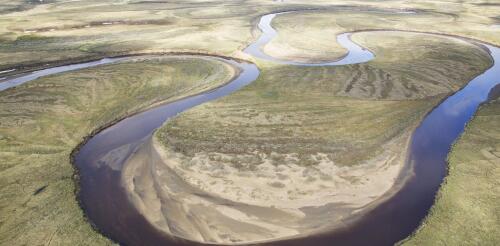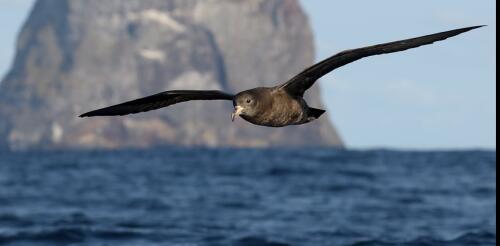Wildlife
For more than six decades, Alaska’s North Slope has been a focus of intense controversy over oil development and wilderness protection, with no end in sight. Willow field, a 600-million-barrel, US$8 billion oil project recently approved by the Biden administration – to the outrage of environmental and climate activists – is the latest chapter in that long saga. To understand why President Joe Biden allowed the project, despite vowing “no more drilling on federal lands, period” during his campaign for president, some historical background is necessary, along with a closer look at the ways domestic and international fears are complicating any decision for or against future oil development on the North Slope. More than just Willow The Willow project lies within a vast, 23 million-acre area known as the National Petroleum Reserve-Alaska, or NPR-A. This was one of four such reserves set aside in the early 1900s to guarantee a supply of oil for the U.S....
As a conservation biologist who studies plastic ingestion by marine wildlife, I can count on the same question whenever I present research: “How does plastic affect the animals that eat it?” This is one of the biggest questions in this field, and the verdict is still out. However, a recent study from the Adrift Lab, a group of Australian and international scientists who study plastic pollution, adds to a growing body of evidence that ingesting plastic debris has discernible chronic effects on the animals that consume it. This work represents a crucial step: moving from knowing that plastic is everywhere to diagnosing its effects once ingested. From individual to species-level effects There’s wide agreement that the world is facing a plastic pollution crisis. This deluge of long-lived debris has generated gruesome photos of dead seabirds and whales with their stomachs full of plastic. But while consuming plastic likely killed these individual animals, death...
An outbreak of H5N1 avian influenza that started in 2021 has become the largest bird flu outbreak in history, both in the U.S. and worldwide. In the U.S. the virus has led to the destruction of millions of commercially raised chickens, turkeys, ducks and geese, and has killed thousands of wild birds. Many virologists are concerned that this virus could spill over to humans and cause a new human pandemic. University of Colorado Boulder virologists Sara Sawyer, Emma Worden-Sapper and Sharon Wu summarize the compelling story of H5N1 and why scientists are closely watching the outbreak. 1. Is this virus a serious threat to humans? H5N1 is a specific type of influenza virus, predominantly harbored by birds, that was first detected on a goose farm in China in 1996. Recently it has begun infecting an exploding diversity of bird and mammalian species around the globe. The virus is highly pathogenic to birds, meaning that infections often cause extreme symptoms, including death. But...
From sports to pop culture, there are few themes more appealing than a good comeback. They happen in nature, too. Even with the Earth losing species at a historic rate, some animals have defied the trend toward extinction and started refilling their old ecological niches. I’m a philosopher based in Montana and specialize in environmental ethics. For my new book, “Tenacious Beasts: Wildlife Recoveries That Change How We Think About Animals,” I spent three years looking at wildlife comebacks across North America and Europe and considering the lessons they offer. In every case, whether the returnee is a bison, humpback whale, beaver, salmon, sea otter or wolf, the recovery has created an opportunity for humans to profoundly rethink how we live with these animals. One place to see the rethink in action is Colorado, where voters approved a ballot measure in 2020 mandating the reintroduction of gray wolves west of the Continental Divide. Colorado’s Parks and W...
The Russian invasion of Ukraine launched in February 2022 has sent economic, social and political shock waves around the world. In a newly published policy brief, we and other researchers and conservation scientists describe how these effects extend to biodiversity conservation efforts far beyond Ukraine. Animals, plants and ecosystems don’t recognize political boundaries, so protecting them often requires international cooperation. Over many decades, countries have developed a network of international agreements and arrangements for protecting biodiversity. Now, however, the war at Russia’s hands is delaying a number of those efforts, stopping others, and even sending some into reverse. War and the spoon-billed sandpiper As one example, efforts to save the critically endangered spoon-billed sandpiper (Calidris pygmaea) from extinction are now at risk as a result of the war in Ukraine. Russia’s treeless tundra, in the high Arctic, is the summer home of coun...




